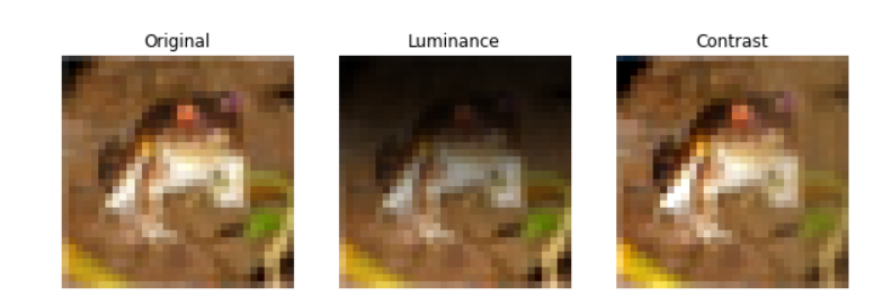Neural Networks with Divisive normalization for image segmentation with application in cityscapes dataset
One of the key problems in computer vision is adaptation: models are too rigid to follow the variability of the inputs. The canonical computation that explains adaptation in sensory neuroscience is divisive normalization, and it has appealing effects on image manifolds. In this work we show that including divisive normalization in current deep networks makes them more invariant to non-informative changes in the images. In particular, we focus on U-Net architectures for image segmentation. Experiments show that the inclusion of divisive normalization in the U-Net architecture leads to better segmentation results with respect to conventional U-Net. The gain increases steadily when dealing with images acquired in bad weather conditions. In addition to the results on the Cityscapes and Foggy Cityscapes datasets, we explain these advantages through visualization of the responses: the equalization induced by the divisive normalization leads to more invariant features to local changes in contrast and illumination.
PDF Abstract


 Cityscapes
Cityscapes
 Foggy Cityscapes
Foggy Cityscapes